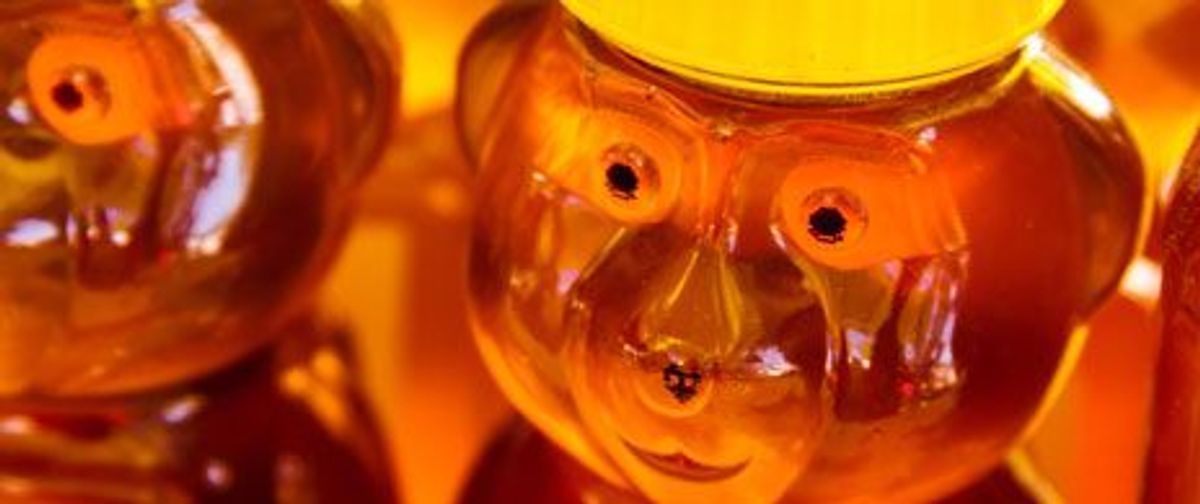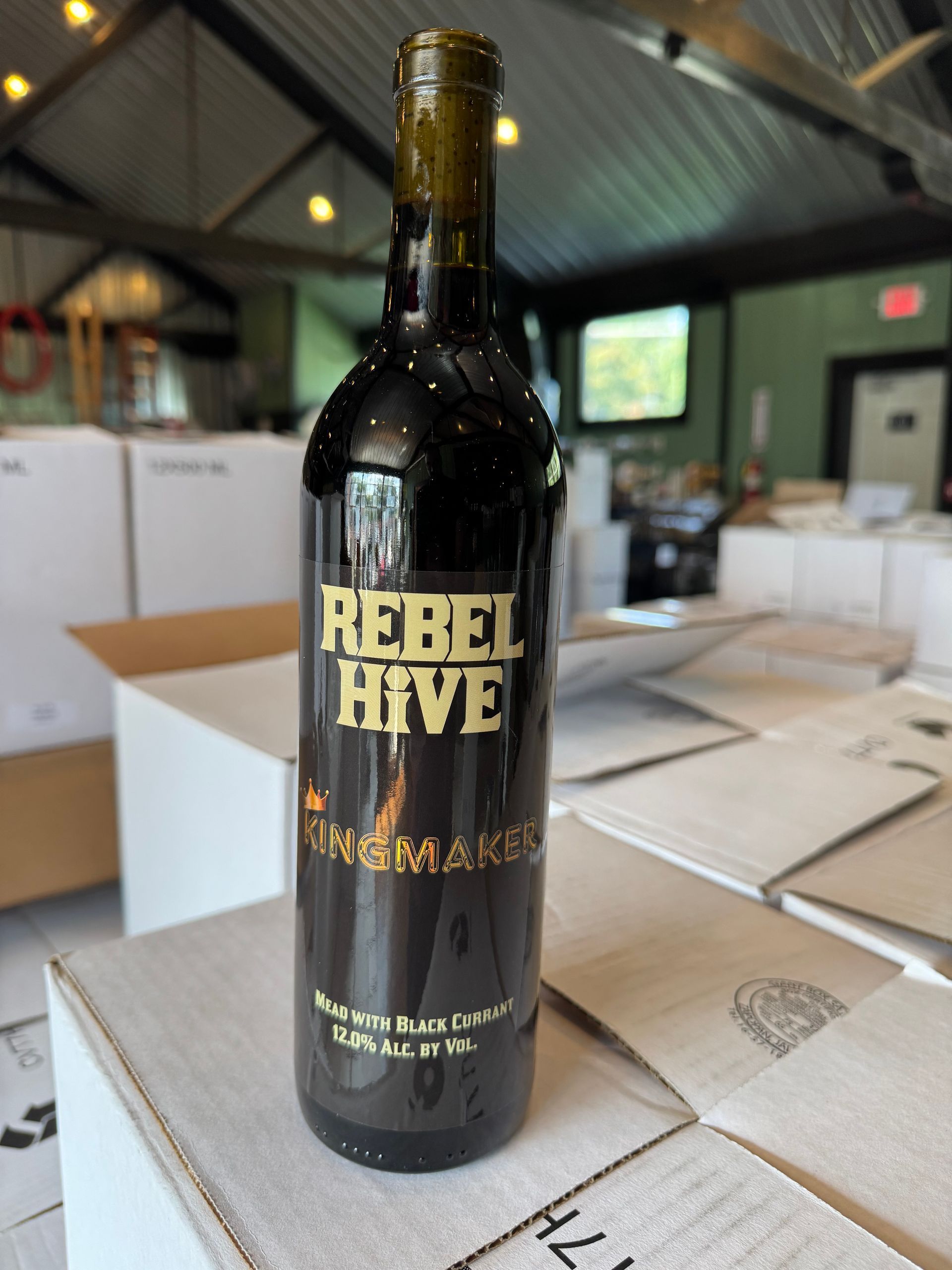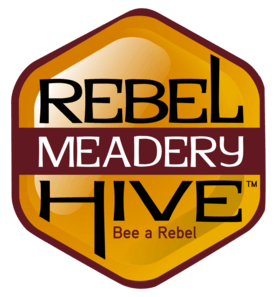Isn't All Honey The Same?

Do Different Honeys Really Taste Different?
If you're anything like me, you grew up believing all honey is the same. Remember that honey bear from the grocery store that never crystalized, always looked the same, and always tasted the same? Yep, so do I! So then, isn't all honey the same? No!
NOT... EVEN... CLOSE!!!
Let's dive into the subject of honey and look at the vast differences in variety and how terroir plays a role.
Let's start with how honey is made. It all begins with flowers that produce nectar, a sugary liquid produced to attract pollinators. The main components of all nectar is the same, sugars in varying amounts of sucrose, fructose, and glucose. There are also minor compounds including carbohydrates, amino acids, alkaloids, and polyphenols. Some of these compounds add to a flower's color while others give nectar unique smells and taste in order to be more attractive to pollinators. Here's the key to all of this... the chemical composition of the nectar is completely dependent on the type of plant. In other words, even though the overall composition is similar, there's enough differences in each plant's nectar to make them all unique in taste and smell.
How Do Differences In Nectar Affect Honey?
To most pollinators such as flies, wasps, hummingbirds, and bats, nectar simply acts as a sugary food source. Honeybees, on the other hand, developed a unique ability to turn nectar into something much greater... honey! When a honeybee collects nectar, it doesn't eat it like other pollinators do. Instead, a honeybee will take this nectar back her hive and convert it into honey. Through a complex process, a honeybee breaks down the nectar's sucrose into the simpler sugars of glucose and fructose. This solution is then placed into honeycomb cells in the hive where the bees decrease the water content down to around 17%. At this point the honey has the consistency we all know and love. Now, remember how nectar contained different chemicals that changed it's taste and appearance? Well those chemicals make it into the finished honey as well. This means that honey will have a different taste, smell, and color depending on what flowers the bees were foraging from!
Poly-Floral vs Mono-Floral Honey
If bees are surrounded by various blooming plants, this is what we call Poly-Floral honey. Typically this gets labeled as "wildflower" on the bottle. This honey will smell and taste like a collective of all the flowers that the bees foraged from. Now imagine that there's only one type of plant in bloom for the bees to feed off of. This is what's referred to as a Mono-Floral honey. These are typically labeled according to the source of nectar (i.e. orange blossom honey or buckwheat honey). In reality, we can't force bees to only feed off a single nectar source. Instead there will be multiple floral sources mixed in to the mono-floral batch, but as long as a single source is dominant, typically 60% or more, then it will have a distinct taste to it. In some regions of the world this happens naturally as a single species of tree or plant blooms on it's own, or a single species dominates a region. In other cases, this can be man-made when farmers are trying to pollinate a food source, for example avocado blossom honey. How about some meadowfoam blossom honey that tastes like marshmallows? How does a Brazilian Wildflower blend that tastes like mangoes sound? Or if you're a weirdo like me, you'll enjoy an Eastern Buckwheat Honey that has earthy-barnyard notes with wax and malt.
How Does Terroir Play A Role?
Think about different areas in the world. Even just areas in your own yard versus a few miles away, conditions can be very different. Now consider the different soil conditions, air conditions, sun and rain, temperature, etc. that go into a plant's growth. This is what we collectively call "terroir". This is a French word used to describe the environmental factors surrounding grapes that will be used in wine. This terroir affects a plant's growth and nectar production, and ultimately affects the final honey. Two wildflower honeys can change drastically even if just a few miles away. An awesome example of this is to try Orange Blossom Honey from Florida compared to Orange Blossom Honey from California. Overall, they both taste similar, however, you will find different nuances between each.
Honey And Mead
To say the type of honey used in mead doesn't matter, would be like saying the air we breath doesn't matter. Honey is everything to mead! For us at Rebel Hive, all the nuances of honey play a critical role in creating amazing meads. The honey variety determines factors such as what yeast to use, what fruits or spices to add, or what level of sugar should be left behind. The incredible range of honey also opens the door to unique Traditional meads, meads that don't have any fruits or spices added. At Rebel Hive, you can try our year-round traditional, It's Not You, It's Mead, which is made from Florida Orange Blossom Honey. We are also kicking off a new mead series in 2023 called "From The Hive" which will highlight honey from around the world!



